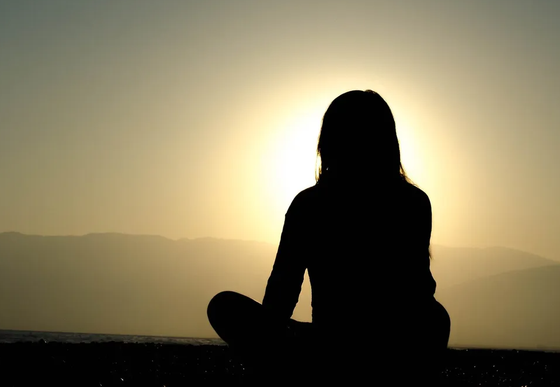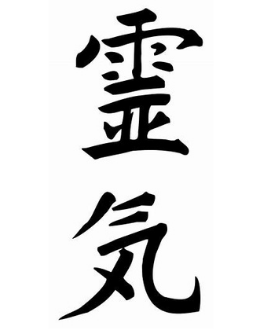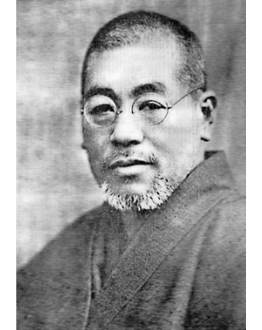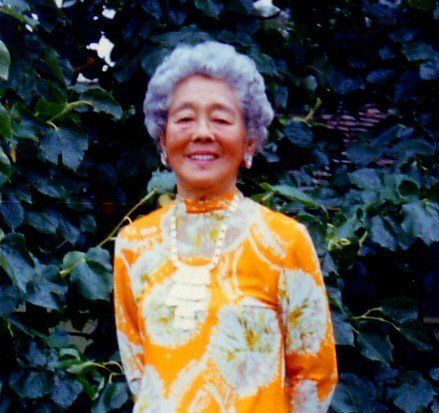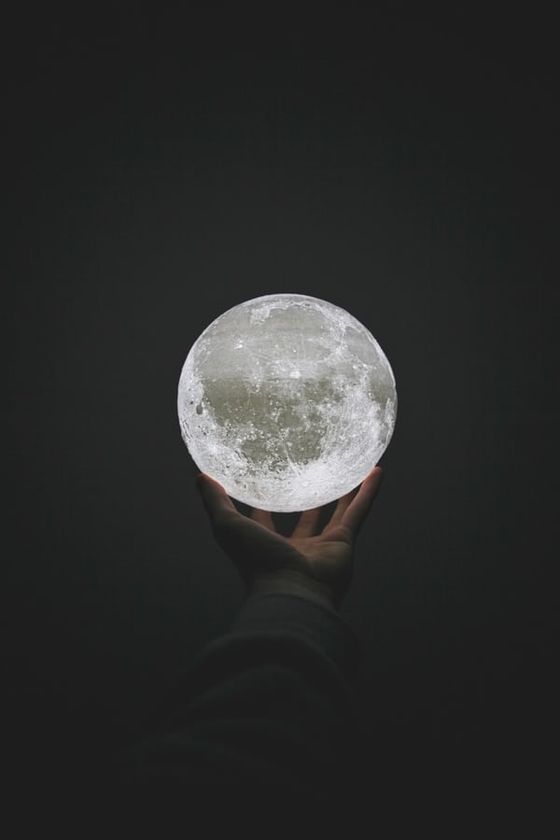About Reiki
What is Reiki?
Reiki (pronounced ray key) means “spiritual energy”. It can neither be created nor destroyed and it is not constrained by time or distance; it is within us all and everything around us. From a scientific perspective you could liken it to the principles of Quantum Physics.
Reiki is not a religion but a way of life.
What we call Reiki today is not a new creation and can be found in many ancient cultures, monuments, writings, and drawings. It may have many different names, but they all relate to the same thing - the ability to connect with our own innate spiritual energy and that of the universe we inhabit.
History of Reiki
The founder of Reiki was Mikao Usui, although this form of healing has been around for centuries. He was born in 1865 in Japan and in 1922, following a period of reflection and meditation on Mount Kurama, he discovered his ability to connect with spiritual energy and how to heal himself. He moved to Tokyo and started offering what came to be known as Reiki. As interest grew, he established a training school to help others to learn and connect with Reiki. It is estimated he taught 2000 students and initiated 20 as teachers of Usui, Reiki Ryoho (meaning Usui Reiki Healing Method). In 1926 he suffered a stroke and died. However, his legacy continued through the 20 teachers he had initiated and the association he is accredited with founding: “Usui Reiki Ryoho Gakkai (Society of the Usui Spiritual Energy Healing Method), which still exists in Japan today.
How Reiki came to the West
In 1935 a Japanese American lady, Hawayo Takata, travelled to her ancestral home in Japan. She suffered from several ailments and was due to have surgery in Tokyo but asked if there was an alternative therapy. She was directed to Hayashi Chujiro’s clinic; one of original Reiki teachers trained by Mikao Usui, for treatment. She was so taken with Reiki she begged to be taught and became the first non-Japanese person to learn and become a teacher of Reiki. Following completion of her training she returned to American in 1937 and established a practice both offering treatments and training until her death in 1980.
Reiki around the world today
Over time Reiki has evolved with many branches and disciplines adapting to meet the needs of different cultures and backgrounds around the world.
There is no one way to offer, receive or learn Reiki.
Reiki is a system within us all that just needs a little assistance to reconnect through whatever branch, or style of Reiki feels right for you.
In some western teachings the term “master” is sometimes used to describe a person who has attained the final level within their chosen branch of Reiki and becomes qualified to teach. This is not a term used in Japanese traditional Reiki practices, where the use of “sensei” meaning teacher, but sometimes translated as master, is a term of respect given by a student to their teacher and not one a teacher would ever give themselves. The use of the word “master” is not one used within Usui Reiki Ryoho.
What is Reiki Lineage
It is not unusual to be asked “what is your Reiki Lineage”. Traditionally in Japan lineage is passed on when the student’s mind becomes one with the teacher and does not define one’s role or place within a structure. In the west Reiki Lineage is used to provide a list that traces the practitioner/ teacher to their teacher and so on, back to the founder of the system, Mikao Usui.
Gwen Picco’s Lineage in the Usui Reiki Ryoho
| Mikao Usui | Founder of the system |
| Kanichi Taketomi | 3rd President of the Usui Reiki Ryoho Gakkai |
| Kimiko Koyama | 6th President of the Usui Reiki Ryoho Gakkai |
| Hiroshi Doi | Current member of the Usui Reiki Ryoho Gakkai |
| Frans Steine | International House of Reiki |
| Jenny Newman | Connect with Reiki |
| Gwen Picco | Reiki-Tranquility |
Usui Reiki Ryoho
The system of Reiki I practice translates as “Usui Spiritual Energy Healing Method”. It is a more traditional and simpler form of Reiki than some Western practices. It consists of 3 levels of training:
Shoden; the beginning of the journey in using Reiki practices. Learning the background and the connection to universal energy and self-healing.
Okuden; the journey continues with learning to focus and strengthen the connection to energy started during Shoden. On completion of this stage one becomes a “Reiki Practitioner” and can provide Reiki to others.
Shinpiden; continues to build on the strong energy connection and learning from Shoden and Okuden. Completion of this level enables one to teach Reiki to others. On completion of the course one becomes a “teacher” as well as a “practitioner”.
Meditation is a key element of Reiki, becoming connected to the universal energy that is within us all. Once you embark on the journey of learning about Reiki it becomes a way of life.
There is no fixed time or requirement to complete all the levels. This is something discussed and agreed between the student and the teacher. I chose to take several years to train as this felt right for me.
What is the purpose of a Reiki treatment?
It supports healing where to heal means to “make whole” and is the foundation of the system of Reiki. It is a shared experience between the practitioner and the client.
The main purpose of Reiki is for the body to take what it needs at that particular moment in time to heal itself which you may not be aware of or in fact may not match with what you think you want”.
“Need” in this context is without ego or mental direction and is driven from within the body deciding what it requires at that moment.
“Want” in this context is ego driven by mental thought and not necessarily in harmony with what the body needs at that moment.
Contact Us
